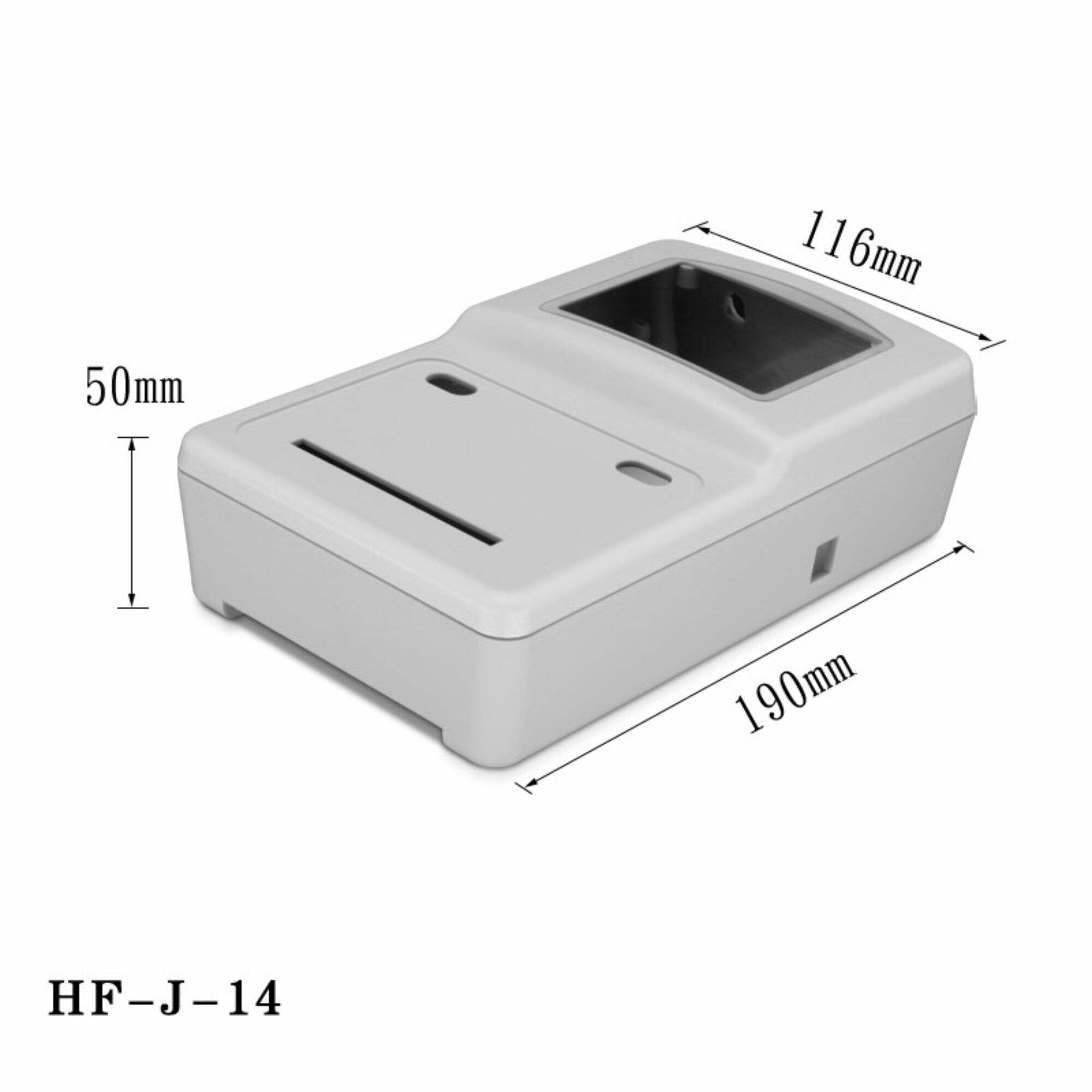Mill Turn Machining: The New Age Way Of Making Parts
Mill-turn machining is sexy! The massive fine details that go into it are made by machines. This process consists of milling and turning to ensure the part is up to spec. CharacterMaking one part with a milling machine and lathe at the same time
What is Mill-Turn Machining?
Turning mill refers to the parts produced by turning and milling. This ensure the components are manufactured very precisely That process involves using a milling machine, combined with a lathe operation to make one part.
The Advantages of Mill-Turn Machining
The parts made through mill-turn machining It is incredibly accurate and precise, making it ideal for creating high-quality parts Moreover, by doing this we have not to consume our time and more of the manpower or many machines as well. When turning and milling are combined, parts can be made more quickly than if they were machined separately.
Mill/Turn Machining Innovation
Additional advances have since improved the concept of mill-turn machining. Machines are able to check tools on the fly and do many things at a time, this is just one example.
Software: Mill-Turn Machining Part 5:@{excerpt} Publication Date - May 01, 2021 Machine Safety
When it comes to mill-turn machining, safety is of utmost importance. As it employs a number of machines the safety guidelines are followed for not leading to any mishaps. Operators need to be well-trained and machines should have safety mechanisms, like E-stops.
Mill-Turn Machining - a Practical Approach
A dedicated program is created for the machine tool to use mill-turn machining. A program is a way to tell the machine what steps should it perform and in which order. Hence material is inserted in machine, program runs. The program performs required operations in order to create the part with all instructions sent through machine.
Mill-Turn Machining Service and Quality
So mill-turn machining my work one day, but only if the customer uses a well-maintained machine and pays to check it regularly. You still need a skilled operator to program the machine and monitor which part is being manufactured.
Uses of Mill-Turn Machining
The industry sectors where mill-turn machining is used include aerospace, automotive, medicine and telecommunications among others. It is excellent for producing turbine blades, medical implants and electronic components. It can also be useful if you wanna just test some parts before mass-producing them.
Conclusion
Mill-turn machining is a powerful way to achieve precise and profitable parts. A must-do as a matter of safety in many industries. Generating good service and parts, this process was the main thing in manufacturing different things.
Create & Mold: The Future Of Mill-Turn Machining
Since the 18th century when machines began to be developed during the first Industrial Revolution, they have changed human life enormously. In the past, precision machining referred to these same machines which warehouses use to cut things in exact standardized ways. In the manufacturing sector, new methods of production like mill-turn machining have altered how processes are done. What is Mill-Turn Machining, Benefits & Applications
Mill-Turn Machining Explained
You are creating these things using a method called Mill-turn machining. It combines turning and milling to manufacture high-precision parts. This is another one of the method that wins on accuracy and precision, for those perfect matched parts you need to make. In simple terms mill-turn machining makes use of a milling machine and lathe at the same time to manufacture one part.
Benefits of Mill Turn Machining
Mill-turn Machining: A Lot Of Pros For starters, the demands of complicated parts will only be met by its high accuracy and precision. It also makes it require less strings of machines, meaning that it saves time, energy, and money. It not only helps parts get the right shape but also speed up process instead of milling and turning separately.
Mill-Turn Machining Innovations
There have been huge improvements in mill-turn machining, and recently. As an example, you can watch tools in real time and machines are able to multitask.
Mill-Turn Safety First in Mind
Numerous manufacturers in the aerospace industry, and other industries have expressed their concerns about safety to me when it comes to mill-turn machining. This one includes working on several machines so you need to practice safety regulations in order for accidents not occur. Operators must be properly trained and machines should have emergency stop mechanisms.
Using Mill-Turn Machining
It requires a dedicated program for the machine to handle mill-turn machining. This program decides what the machine should do and in which sequence. The material is than loaded and the program begins The part is made by the machine using that program.
Service and Quality in Mill-Turn Machining
Machines are adjusted and tested on a regular basic to ensure mill-turn machining remains successful. Operators - needed to program machines and inspect the parts being produced
Applications of Mill-Turn Machining
The industries in which mill-turn machining is used are aerospace, automotive, medicine as well and telecommunications etc. The material is ideal for applications such as turbine blades, medical implants and electronic devices. It also comes in handy while testing components before making copies.
In Conclusion
Mill-turn machining, a type of CAM from CNC Software (Tolland), is an outstanding way to produce parts with traps and features accurately in short order. Aerospace to telecommunications, its technological innovations turned it into an essential process in nearly each industry. The safety of operators and the quality that is required, respectively. Also it is required in services that to be offered and maintaining the standards of quality mill turn machining has played a major role. With all its benefits mill turn machining has definitely marked the future for part creation, and shaping.


